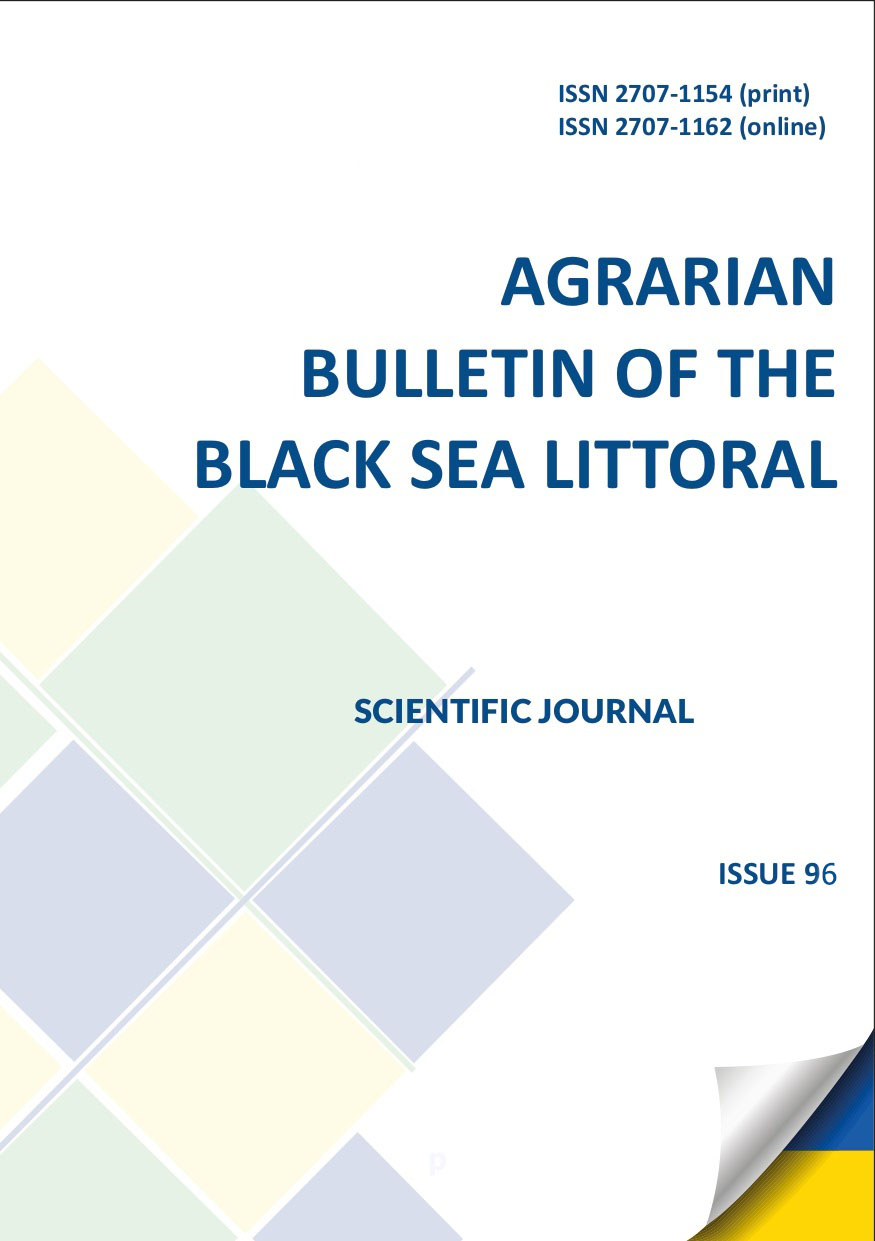ENSURING MICROCLIMATE NORMS IN EDUCATIONAL INSTITUTIONS
DOI:
https://doi.org/10.37000/abbsl.2020.96.22Keywords:
microclimate, comfort, sanitary and hygienic standards, heat supply, permissible conditions, optimal conditions, thermal resistance, thermal insulationAbstract
A person spends 80% of his time in premises of various purposes, of which 40% is his workplace. In higher education it is the audience. Teaching and perception of educational information requires an increase in the level of efficiency and psychoemotional activity. During the assimilation of the material, students have to “turn on” perceptions, thinking, memory, imagination, attention, interest, concentration, which causes the internal stress of the body and, as a result, fatigue. In connection with the foregoing, it is necessary to be able to regulate the microclimate in the training rooms, to know the state of the body's particular heat exchange during mental stress, and also the state of the ventilation and heating systems. Failure to comply with hygienic requirements for the air regime affects the perception and assimilation of educational material, and also leads to deterioration in the health status of both students and teachers. Therefore, the creation of a comfortable and safe air environment in the classrooms is a priority for the management of educational institutions. Currently, Ukraine is lagging behind the developed countries of Europe in addressing the issue of ensuring the standards of the microclimate in the classroom. To ensure the regulatory meteorological conditions, energy is needed that will be used for the operation of heating, ventilation and air conditioning systems. It should be noted that Ukraine belongs to countries with a shortage of energy, since its own sources of primary energy resources cover less than 50 %. Own production covers 15 % of oil demand and 20-25 % of natural gas. The most difficult in terms of energy efficiency remains the situation in the housing and communal complex, where the old thermal and water stations operate with low efficiency and supply through the same worn-out networks. As a result, energy loss reaches 45-50%. In addition, the buildings in which most educational institutions of Ukraine are located were built during the time of the former USSR. Thermal resistance of fences of buildings does not comply with current standards, ventilation systems are archaic and cooling and air humidification systems are not provided. The situation with the meteorological conditions in educational institutions and the options for its correction is considered on the example of the Odessa National Maritime University.
References
2. Сукач С. В. Метод і засоби контролю та управління якістю повітряного середовища у приміщеннях : монографія / С. В. Сукач, Ю. І. Шульга. – Кременчук : Видавець ПП Щербатих О. В., 2013. 192 с.
3. Сукач С. В. Сучасний аспект розв’язання проблеми вентилювання навчальних приміщень різного призначення / С. В. Сукач // Містобудування та територіальне планування : наук.-техн. збірник. КНУБА, 2014. Вип. 52. С. 387–393.
4. Шульга Ю. И. К решению задач управления микроклиматом в помещениях учебных заведений / Ю. И. Шульга, А. П. Черный, С. В. Сукач // Проблеми охорони праці в Україні. 2010. Вип. 19. С. 37–44.
5. Авраменко М. М. Підтримка параметрів мікроклімату в нормативних межах як засіб створення комфортних умов праці / М. М. Авраменко, С. В. Сукач, М. А. Кобилянський // Електромеханічні і енергозберігаючі системи: щоквартальний науково-виробничий журнал. Вип. 4/2010 (12). Кременчук: КНУ, 2010. – С. 94–99.
6. Climatic Sensitive Landscape Design: Towards a Better Microclimate through Plantation in Public Schools, Cairo, Egypt. Wesam M. El-Bardisy et al. / Procedia -Social and Behavioral Sciences 216 ( 2016 ) 206 – 216
7. А.Hassam Nasarullah Chaudhry, Achieving sustainable buildings: the role of heating, ventilation and air-conditioning, Sust. Build. 1, 1 (2016).
8. Santamouris, M.; Kolokotsa, D. Passive cooling dissipation techniques for buildings and other structures: The state of the art. Energy Build. 2013 , 57 , 74–94. [ Google Scholar ] [ CrossRef ]
9. Berkovic, S.; Yezioro, A.; Bitan, A. Study of thermal comfort in courtyards in a hot arid climate. Sol. Energy 2012 , 86 , 1173–1186. [ Google Scholar ] [ CrossRef ]
10. E. Merisalu , D. Mugur , P. Kic Importance of microclimate conditions and CO 2 control in educational buildings: a case study. Agronomy Research 16(4), 1771 1780, 2018 [Електронний ресурс]. – Режим доступу: https://doi.org/10.15159/AR.18.157
11. Мазуренко О. А. Порiвняльний аналiз систем децентралiзованого теплопостачання житлових будiвель iз використанням електроенергiї / О. А. Мазуренко, О. А. Климчук, О. М. Шраменко, О. А. Сичова // ВосточноЕвропейский журнал передовых технологий. 2014. № 5(8). С. 21-25.
12. Перетяка С.М. Використання біопалива для опалення виробничих приміщень / Перетяка С.М. // Аграрний вісник Причорномор’я. Технічні науки. Одеса, 2017. Вип. 85. С. 197 – 201.
13. Осадчук І. П., Сакун М. М., Осадчук П. І., Столярова Т. В. Охорона праці в галузях сільського господарства. // Навчальний посібник. Дозволено Міністерством аграрної політики України від 05. 10. 2006 № 18-1-1-13/1161 Одеса: «Видавництво Барбашин», 2007. 480 с. ISBN 966-8871-10-3


